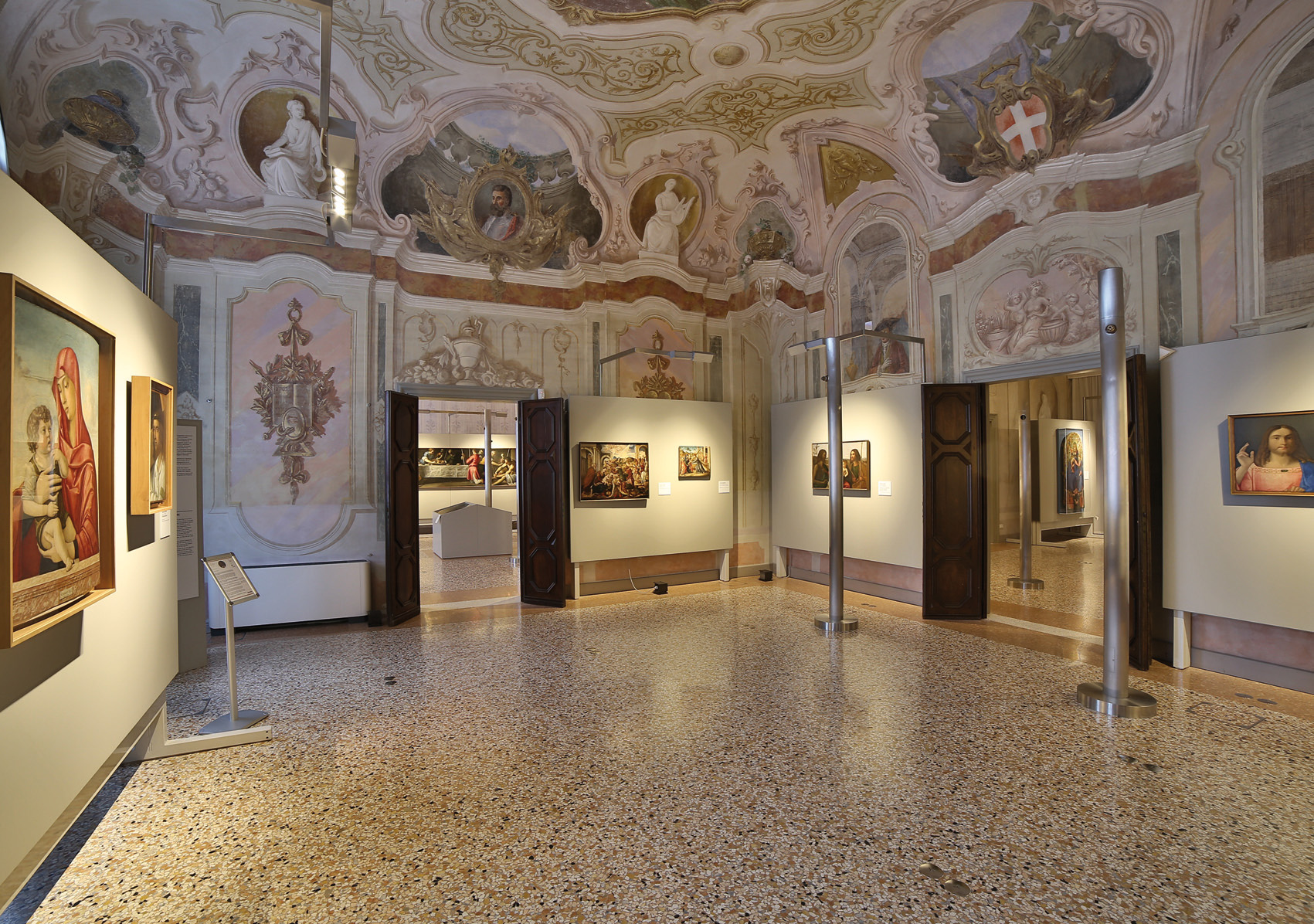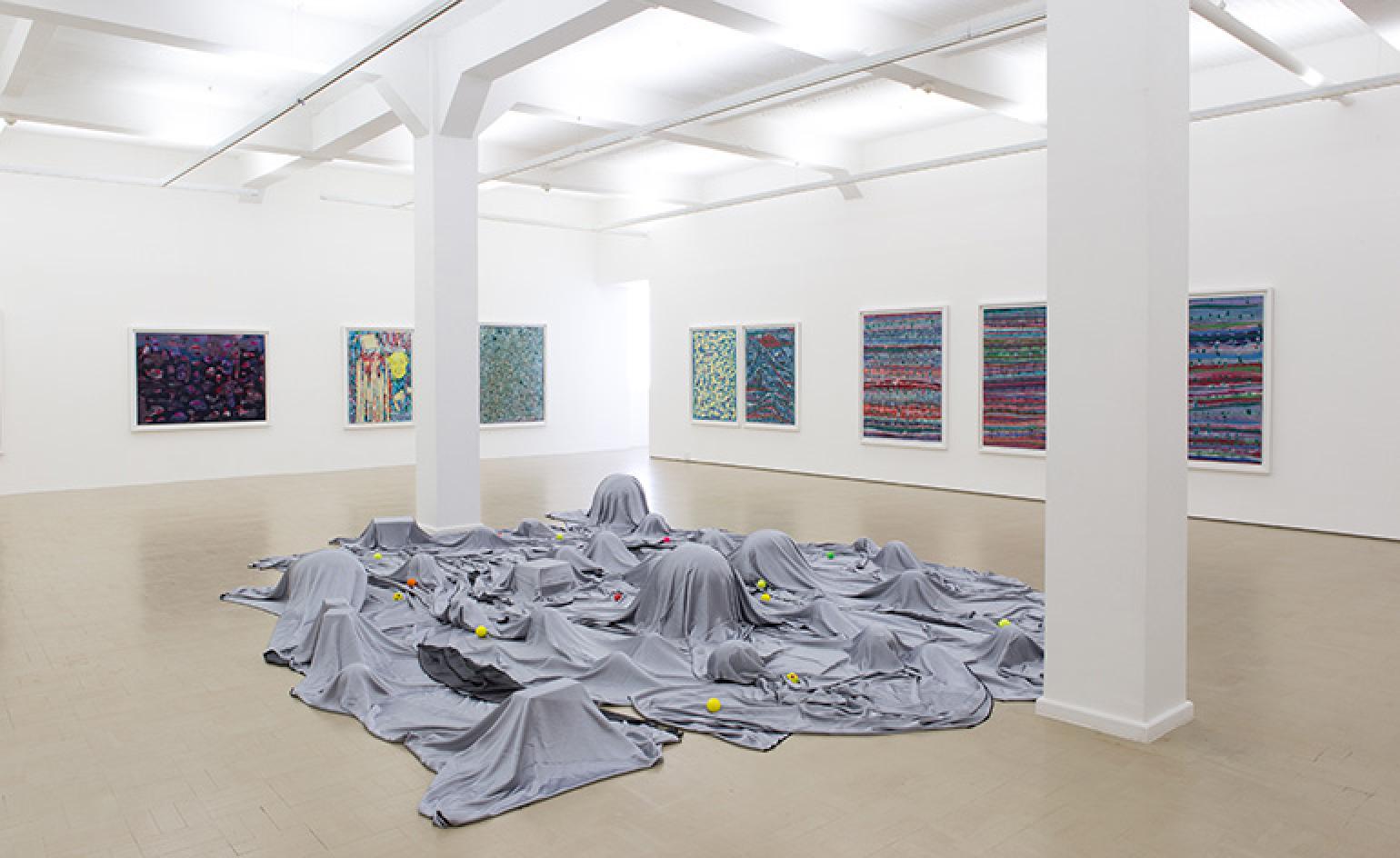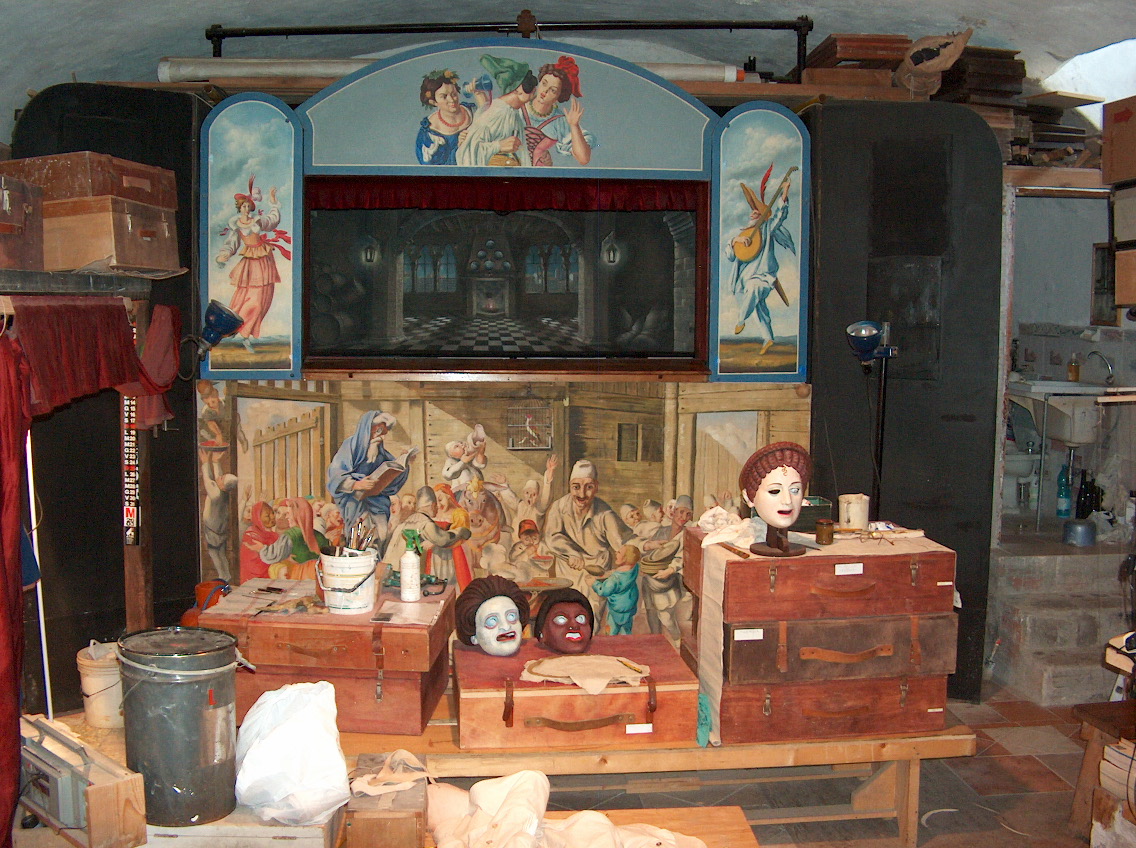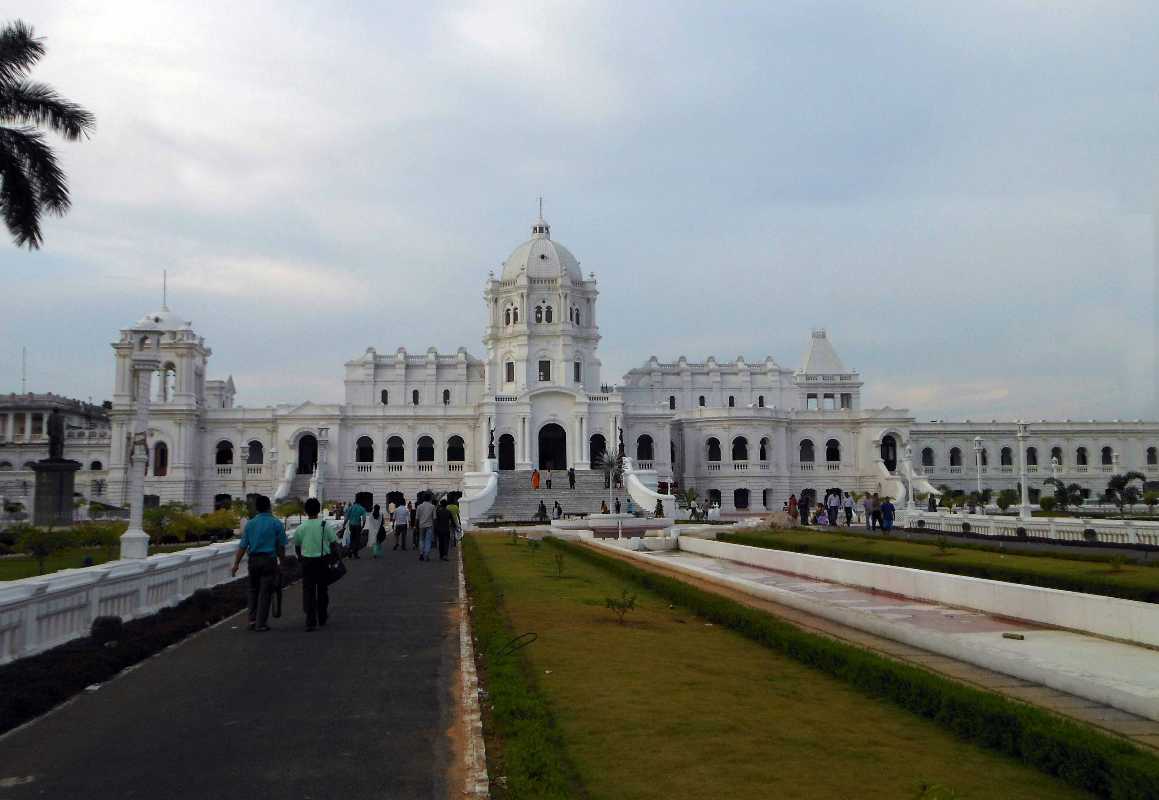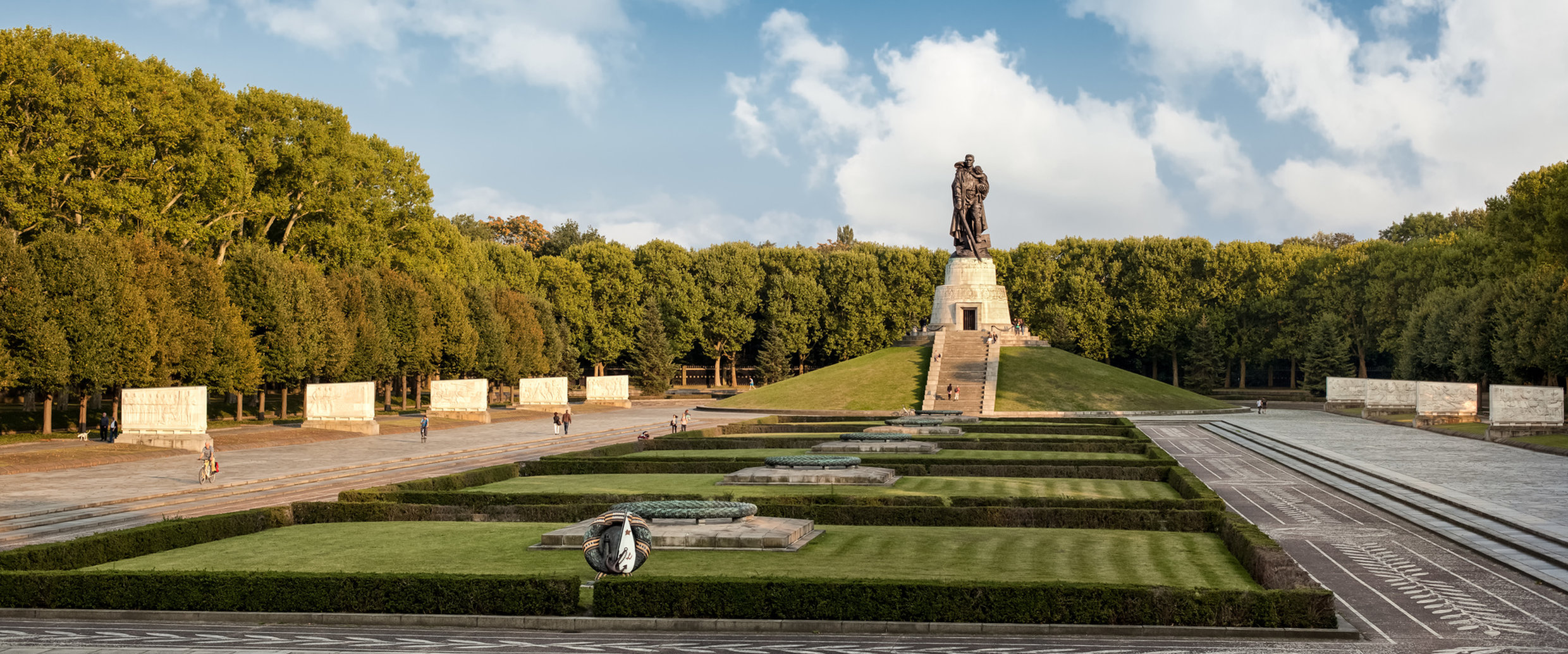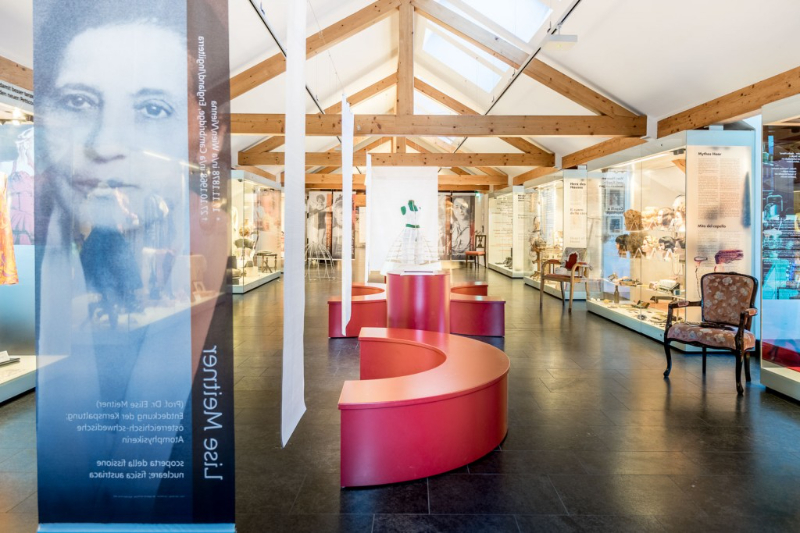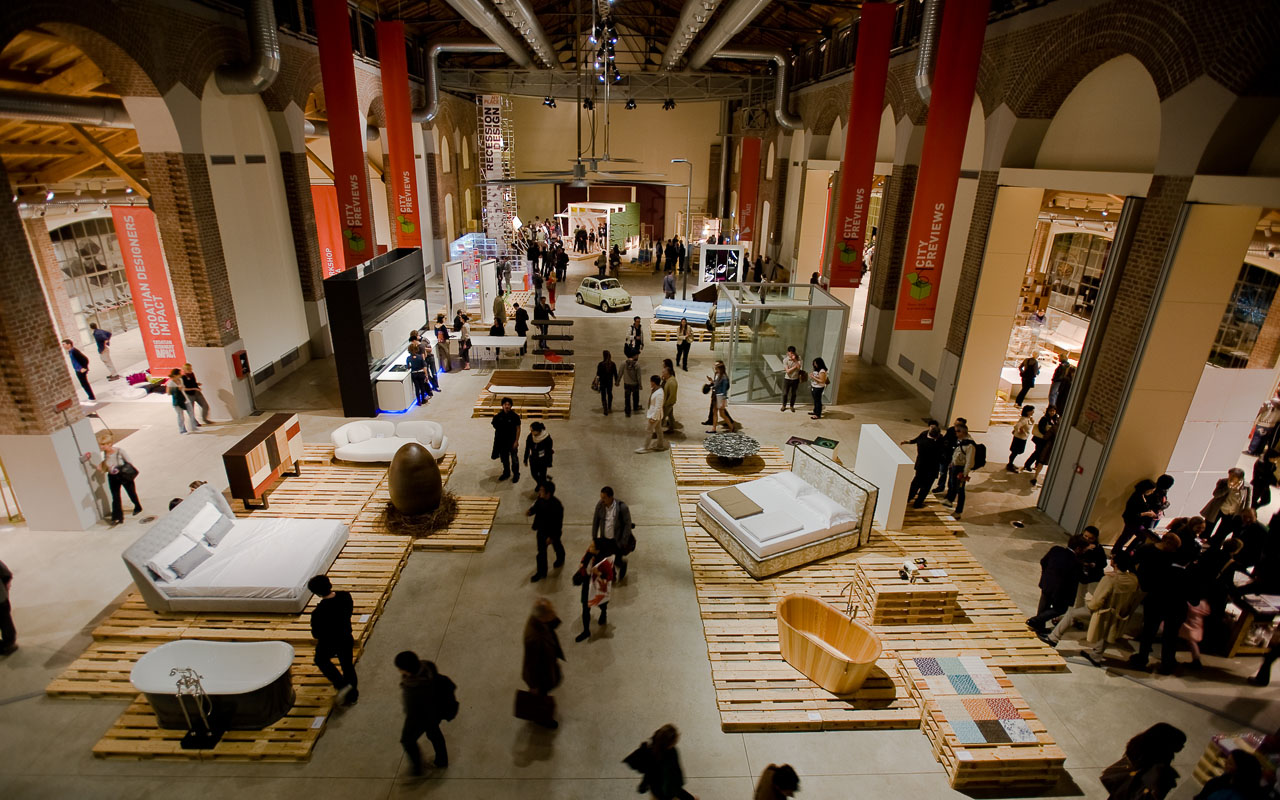Palazzo Roverella marks the peak of the affirmation of Ferrarese-Emilian architecture in Rovigo and today, restored, is also the new home of the picture gallery of the Accademia dei Concordi, one of the most important in the Veneto region and the site of prestigious contemporary exhibitions.
The Accademia dei Concordi, founded around 1580 on the initiative of Count Gaspare Campo, began to deal with painting towards the middle of the eighteenth century, commissioning the greatest Venetian painters an extraordinary series of portraits of illustrious citizens of Rovigo and Venetian patrons. Several noble citizens also began to take an interest in painting. Count Giovanni Francesco Casilini became a true collector of 15th and 16th century Venetian art; he collected almost two hundred works in his palace, which he then decided to bequeath to the Accademia dei Concordi, showing enlightened sensitivity. With the arrival of the Casilini collection in 1833, the picture gallery of the Accademia dei Concordi was created. Later other generous citizens donated their paintings. A considerable increase took place in 1878 with the bequest of half of the collection of the Silvestri counts; the other half went to the Episcopal Seminary of Rovigo. The third important legacy occurred in 1901 thanks to commendatore Albano Gobbetti. In 1982 the picture gallery of the Episcopal Seminary, rich in about two hundred works, was entrusted to the Accademia dei Concordi; thus the reunification of the Silvestri collection took place. In this way it is constituted a picture gallery rich in works of art mainly of Venetian art from the fifteenth century to the eighteenth century, including some masterpieces known throughout the world.
Among the most representative works on display are: the Coronation of the Virgin by Nicolò di Pietro, the Madonna and Child between St. Jerome and St. Helen by Palma the Elder, the Madonna and Child by Giovanni Bellini, the Portrait of Antonio Riccobono by Giambattista Tiepolo and the Marina with Broken Bridge by Luca Carlevarijs.
Palazzo Roverella also hosts some ancient Egyptian finds, among which the mummies of a woman and an infant, called Meryt and Baby, accompanied by ushabti and other Greek-Roman objects and finds, vases and ex-voto statues, coming from private donations.
